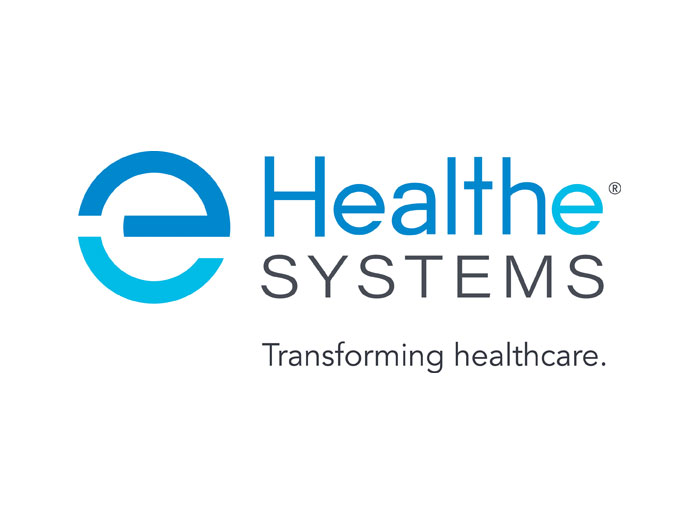Automation Versus the Human Touch in Claims Management: There’s Got to Be a Balance

Technology and automation are everywhere in workers’ comp.
Artificial intelligence (AI) allows insurers to analyze workers’ comp claims and flag ones that could go awry. Apps check in on injured workers. With COVID-19 shuttering brick and mortar clinics, workers’ compensation patients have turned to telemedicine for continued treatment.
During a recent virutal session, “Is It a Bot World? Can Digitized Claims Replace Human Touch?,” at the 2020 CLM Workers Compensation and Retail, Restaurant & Hospitality Conference, attendees were asked whether they think that artificial intelligence can complete the claims intake process, including taking statements.
Seventy percent of respondents said yes, they believe that automation will take over many of the tasks a claims adjuster typically handles. This poll begs the question, will the claims adjuster of the future be a robot?
“If you totally automate the intake process, including taking statements, I think you can really lose track of some of the nuances that somebody says during an interview,” said Jay Gates, CPCU, AIC, ARM, claims advocate senior at Gallagher.
“It’s just an ice cold process. Nobody likes talking to a computer.”
Gates was one of the panelists during the session which dove into how automation is affecting workers’ comp and why we still need humans, rather than robots, as claims adjusters.
Where Technology Is Being Used
It’s undeniable that technology is beneficial to the claims process in workers’ compensation.
Automation can help free up time for supervisors by manually assigning claims to adjusters and it can help free up adjusters from some of the day-to-day tasks by speeding up labor intensive processes such as filling out forms.
“The claims team absolutely benefits form automation during the intake,” said Melissa Icban, ARM, assistant vice president of claims at Sedgwick.
“Manually assigning files can take up a good deal of a supervisors daily schedule, so streamlining this process gives them the additional resources so they can allocate their time to other cost-saving and quality focused activities.”
AI can identify which cases are incidence only, medical only indemnity based by skimming for keywords in the loss description. Once that step is completed, the claims can be assigned to the proper adjusters.
Automation Can’t Replace Empathy
Despite the benefits of automation, the panelists cautioned against relying on it to manage all, or even part, of the claims process.
The workers’ compensation system can be overwhelming for injured workers and many of them appreciate having an actual person guide them through.
“You’re not going to be comforted by a robot. You need to hear that voice on the other end” Icban said. “Part of our job as claims professionals is advocacy and that absolutely cannot be replaced by a robot.”
When automation does step in and take over parts of the process, including taking statements in some cases, workers’ comp professionals and attorneys say that the difference is noticeable.
Adjusters are much better at capturing the nuance of an injured worker’s story in their claims notes and they often think to include details that a robot may leave out.
“We can really tell when there’s less human touch involved because when the file does get to us, there’s less of a story in the claims notes,” said Patrick J. Sodoro, a managing partner with the law firm Sodoro, Mooney and Lenaghan.
The ability to communicate directly with claims adjusters can also help keep claims from becoming litigious. In one case, Sodoro found that an employee who was at risk of suing for permanent total disability was able to return-to-work without any disputes over their claim due to the work of their claims adjuster.
“If there’s no human touch involved in that claim, I don’t think there’s any way that that person doesn’t pick up one of the pamphlets he received from a plaintiff’s counsel, calls the plaintiff’s counsel, and claims maybe he can never work again,” Sodoro said.
How Tech Can Enhance Communication
While robots cannot replace the need for person-to-person communication between the adjuster and the injured worker, it is one area technology can help.
“Communication throughout the process is one place where technology can help, but human touch is absolutely vital,” Gates said.
Tools like automatic text or email alerts when the status of a claim has changed can help the injured worker feel in control and it can help them feel confident in their adjusters capabilities.
“There are automated features that we do utilize to make sure that the client and the claimant know what’s going on,” Icban said. “I always tell my colleagues … that we can never keep people guessing.” &










